64 Tracks

In October 2025, Free the Hounds and GREY2K USA Worldwide jointly commissioned the first statewide survey in Western Australia about greyhound racing. Our joint poll was conducted by DemosAU and showed that 60% of WA voters support an end to dog racing.
There are 64 greyhound tracks across six Australian states.1 There were 53,696 documented injuries and 9,912 deaths reported between 2020 and 2024.2
BIG NEWS!
Tasmania has announced plans to end dog racing. Two tracks are to close by 2029.
In October 2022, GREY2K USA Worldwide and the Coalition for the Protection of Greyhounds commissioned a nationwide survey to gauge current perspectives on greyhound racing. Our joint poll was conducted by Thirty-Ninth Street Strategies in conjunction with Oz Info and Dynata and showed that 57% of Australians support an end to dog racing. Watch our results video.
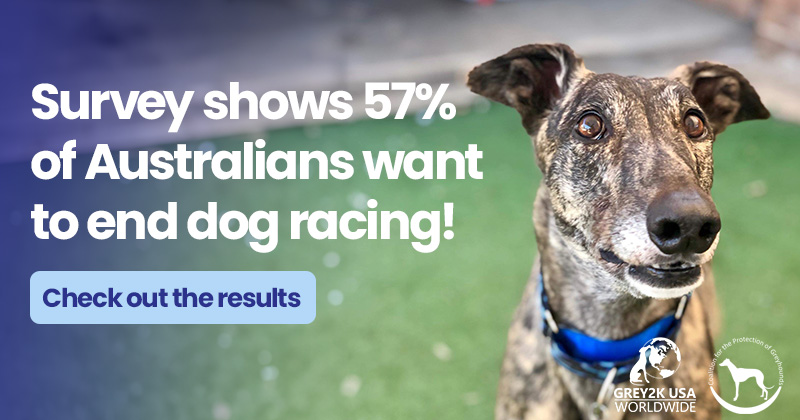
The mass slaughter of unwanted and surplus greyhounds is callously referred to as “wastage.” A 2015 internal Greyhounds Australasia report revealed that the industry was responsible for the deaths of 13,000 to 17,000 healthy greyhounds (unwanted puppies and ex-racers) each year.3 The latest figures available show 10,178 greyhounds bred to race in 2023.4 There are 271 known breeding kennels.5
The “Special Commission of Inquiry into the Greyhound Racing Industry,” known as the McHugh Report, was published in 2016.6 The report found that at least 50% of New South Wales greyhound puppies whelped were deliberately killed because they were not fast enough. The evidence also documented that 40% of New South Wales puppies born simply disappeared.
Since the release of these reports breeding has decreased by roughly one third, but there are still thousands more greyhounds bred than homing capacity in Australia.7 In fact, the Australian dog racing industry is breeding roughly six times as many greyhounds as they have the capacity to home and community rescue groups are homing more greyhounds than industry homing groups.8
While greyhound gambling has been on the rise in recent years, it did decline in 2023. Total wagering, or “turnover,” rose from A$5 billion in 2018 to over A$8.9 billion in 2022 before dropping to A$8.3 billion on 2023. Over seventy-five percent of turnover in 2023 came from two states, Victoria and New South Wales.9
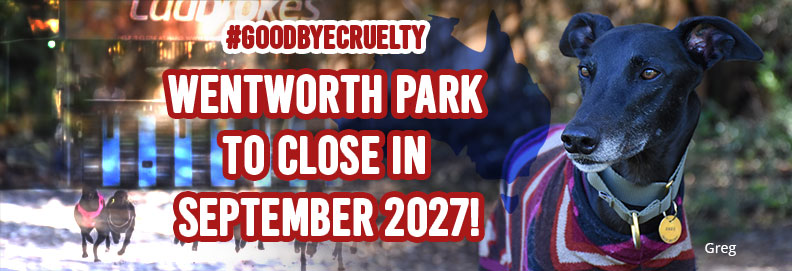

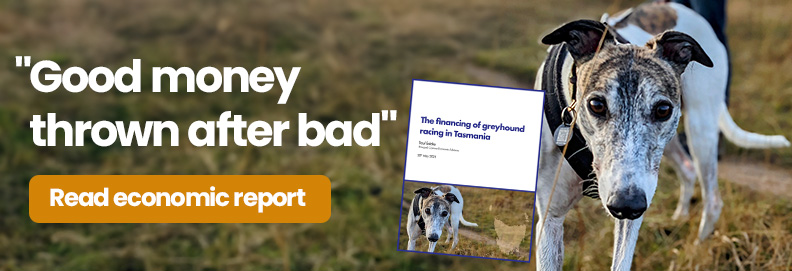
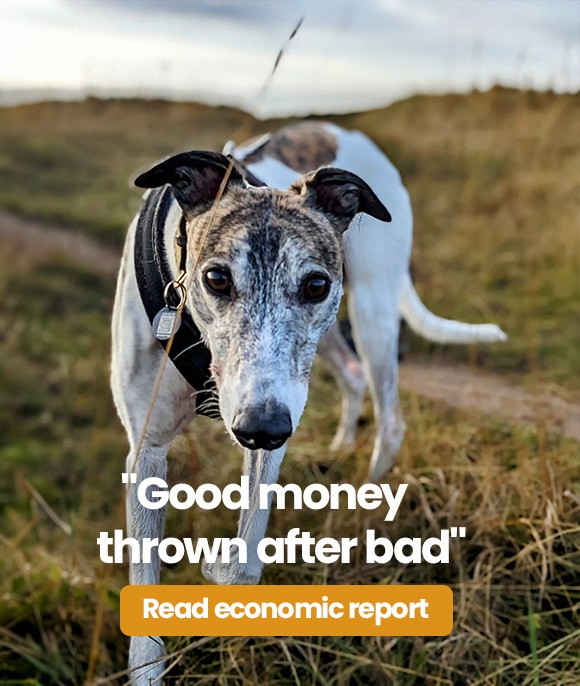

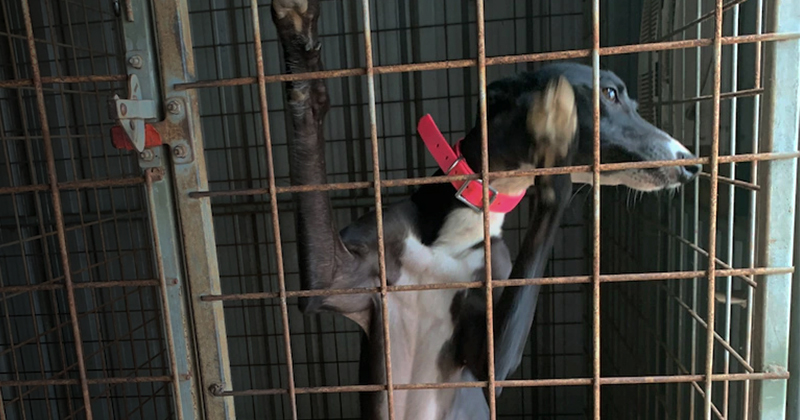
Stay up to date and learn how you can help.